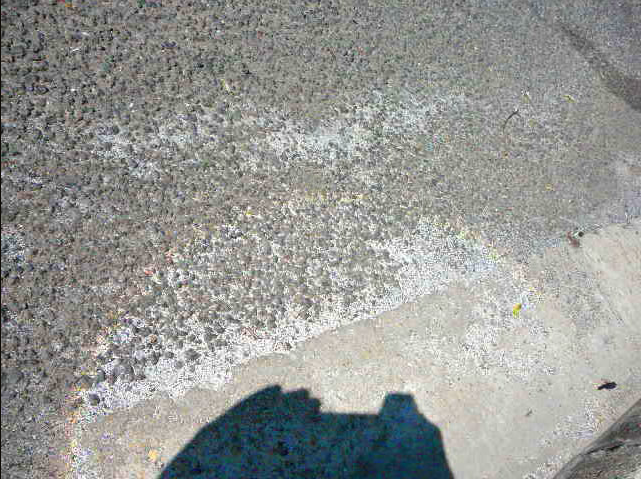Roadbow
The Roadbow: Exploring the Fascinating World of Glass Bead Optical Effects
When it comes to atmospheric optics, one of the most intriguing phenomena is the "Roadbow." While rainbows are commonly associated with raindrops, the Roadbow is a unique optical effect produced by glass beads embedded in the road surface. Similar to raindrops, sunlight is reflected once inside these glass beads, resulting in the formation of a primary bow. However, there are distinct differences that set the Roadbow apart.
Glass has a higher refractive index compared to water, which means it bends light more strongly. As a result, the Roadbow has a smaller radius of only about 21°, which is half the size of a traditional water bow. This reduction in size creates a captivating visual experience for those fortunate enough to witness it.
Despite its name, the Roadbow is not actually bow-shaped. Instead, it appears as a bright disk when observed. This unique characteristic adds to its allure and sets it apart from other optical phenomena. Imagine driving along a road and suddenly being greeted by a vibrant disk of colors shimmering in the sunlight – it's truly a sight to behold!
The Roadbow phenomenon can be observed under specific conditions. First and foremost, glass beads must be present in the road surface. These beads are often used for various purposes such as road markings or anti-skid surfaces. When sunlight interacts with these glass beads at a specific angle, it creates the perfect conditions for the Roadbow to manifest itself.
To fully appreciate the beauty of a Roadbow, it's essential to understand how light interacts with glass beads. When sunlight enters a glass bead, it undergoes both reflection and refraction processes. The light ray reflects off the inner surface of the bead and then refracts as it exits, causing it to change direction. This combination of reflection and refraction results in the dispersion of light into its component colors, forming the vibrant disk-like Roadbow.
The appearance of a Roadbow can vary depending on factors such as the size and shape of the glass beads, as well as the angle at which sunlight interacts with them. Different combinations of these variables can lead to variations in the intensity and color distribution within the Roadbow. This adds an element of unpredictability and excitement to the phenomenon, making each Roadbow sighting a unique experience.
Photographing a Roadbow can be a challenging task due to its relatively small size and the need for precise lighting conditions. However, skilled photographers have managed to capture breathtaking images that showcase the beauty and intricacy of this optical effect. These photographs not only serve as visual evidence of the existence of Roadbows but also allow us to appreciate their mesmerizing qualities.
The discovery of the Roadbow phenomenon serves as a reminder of the hidden wonders that surround us in our everyday lives. From rainbows to halos, atmospheric optics constantly surprises us with its ability to transform ordinary moments into extraordinary experiences. The Roadbow, with its vibrant disk-like appearance, stands as a testament to the captivating nature of these optical effects and invites us to marvel at the mysteries of our atmosphere.
So, next time you find yourself driving along a road adorned with glass beads, keep an eye out for the enchanting sight of a Roadbow. It's a rare and beautiful phenomenon that reminds us of the wonders that can be found in even the most unexpected places.

Glass Bead Bow imaged by Matej Gr�k, June '08 in Czech Republic.
s are everywhere.
Optical effects are everywhere. This 'rainbow' was produced by glass beads in the road surface. Like raindrops, sunlight is reflected once inside them to form a primary bow.
There is a difference, glass refracts light more strongly than water and consequently the bow has a radius of only about 21° - half that of a water bow.
Tthe 'bow' is bright inside, it is actually a disk.
Image ©Matej Gr�k, shown with permission.
Note: this article has been automatically converted from the old site and may not appear as intended. You can find the original article here.
Reference Atmospheric Optics
If you use any of the definitions, information, or data presented on Atmospheric Optics, please copy the link or reference below to properly credit us as the reference source. Thank you!
-
<a href="https://atoptics.co.uk/blog/roadbow/">Roadbow</a>
-
"Roadbow". Atmospheric Optics. Accessed on April 26, 2024. https://atoptics.co.uk/blog/roadbow/.
-
"Roadbow". Atmospheric Optics, https://atoptics.co.uk/blog/roadbow/. Accessed 26 April, 2024
-
Roadbow. Atmospheric Optics. Retrieved from https://atoptics.co.uk/blog/roadbow/.